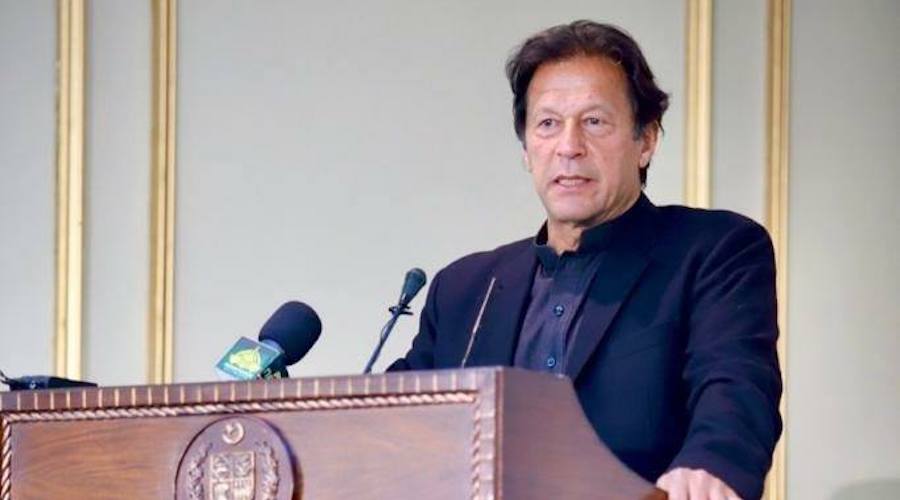
Khan also talked about ‘indigenous coal’ and said that his government has decided to support initiatives related to producing energy from coal-to-liquid or coal-to-gas so that the fossil fuel doesn’t have to be burnt.
“We have already scrapped two coal power projects which were supposed to produce 2,600 megawatts of energy”
Imran Khan, Prime Minister of Pakistan
“We have also decided that by 2030, 60% of all energy produced in Pakistan will be from clean energy, renewables, and also 30% of all our vehicles will be [powered by] electricity,” the PM said.
Over the last five years, the South Asian country has seen 18 wind power projects of 937MW, six solar power projects of 418MW and six bagasse projects totalling 201 MW achieve commercial operations and provide electricity to its grid. Yet, renewables and nuclear only make up 9% of the energy mix, while hydropower produces 27% and fossil fuels – natural gas, liquefied natural gas, and coal – generate 64% of the electricity.
There is also still a gap between current demand and supply of approximately 2,000 MW in peak season, as the annual consumption rate has grown by almost 7%.
Filling this gap while limiting emissions has been on Khan’s agenda since he took power back in 2018.
Both at the Summit and in other international fora, the politician has pointed out the fact that Pakistan is the fifth most vulnerable country to the effects of global warming, despite its contribution to global emissions being less than 1%.
According to the 2020 Global Climate Risk Index report, in the past 20 years, the country has had 152 climate-change-related events that killed almost 500 people and caused economic losses of over $3.7 billion.




